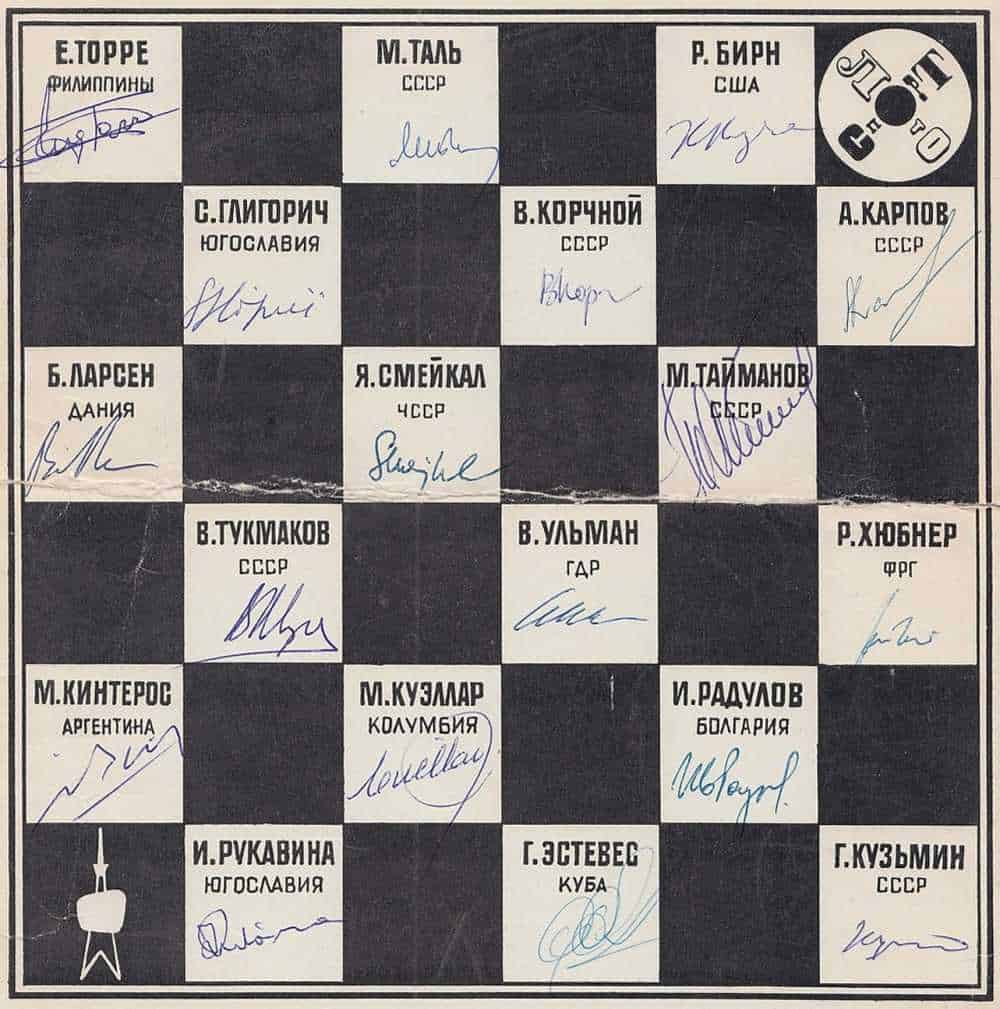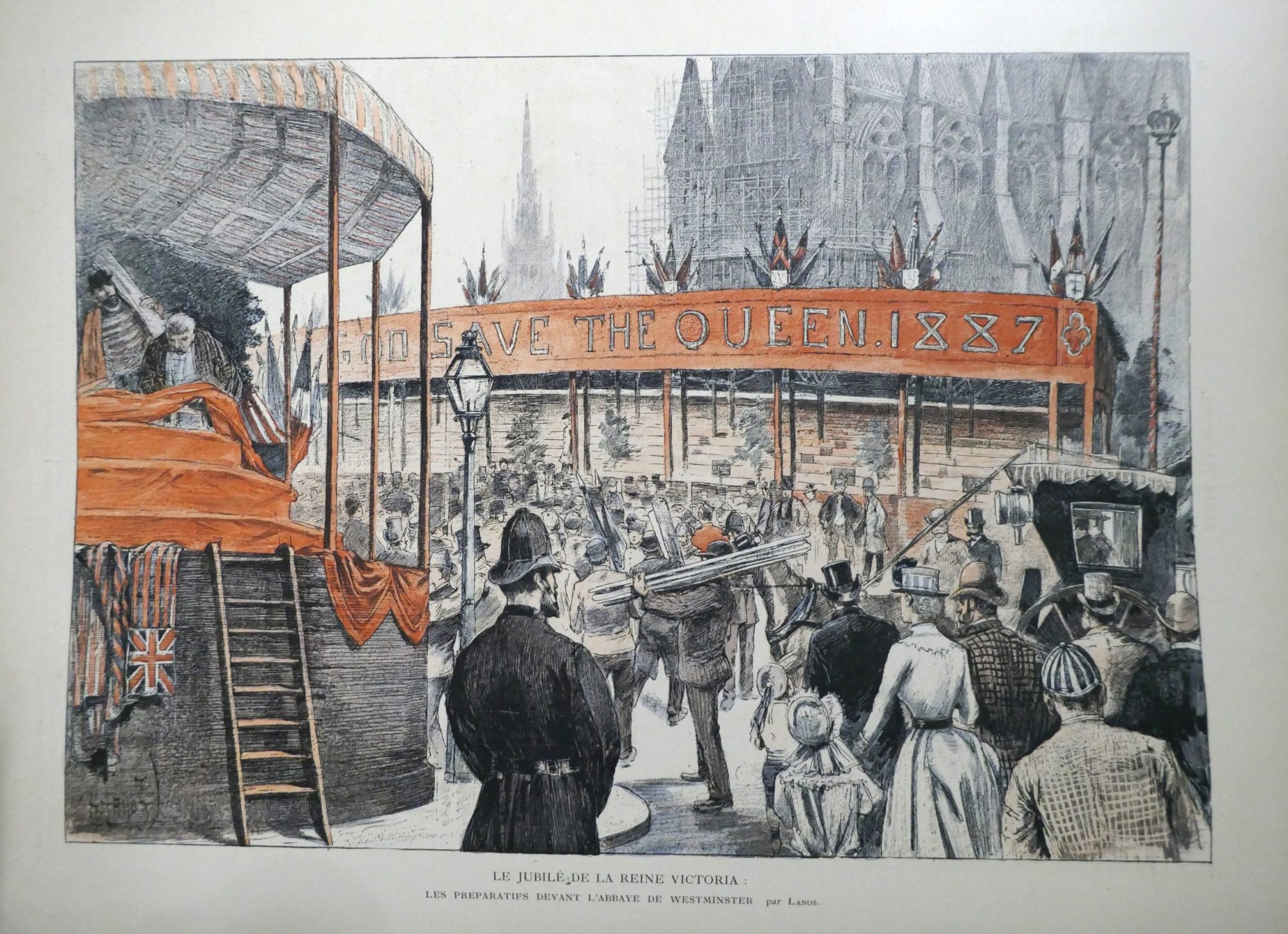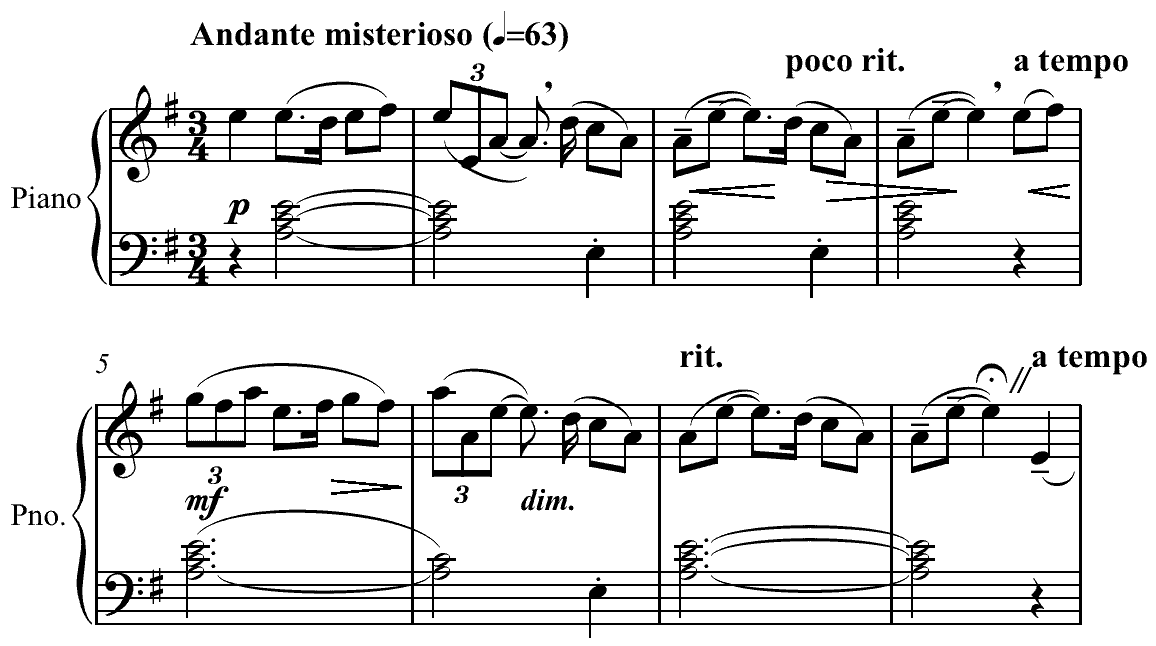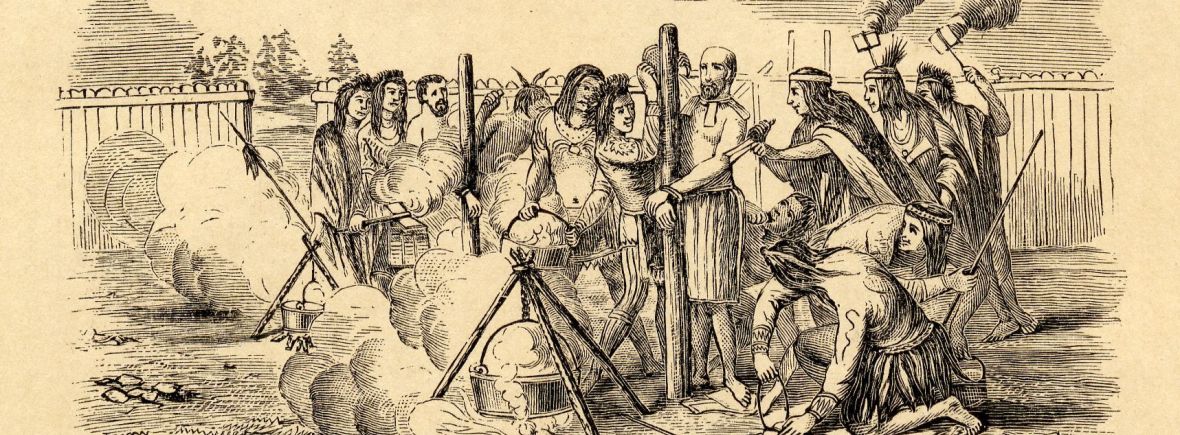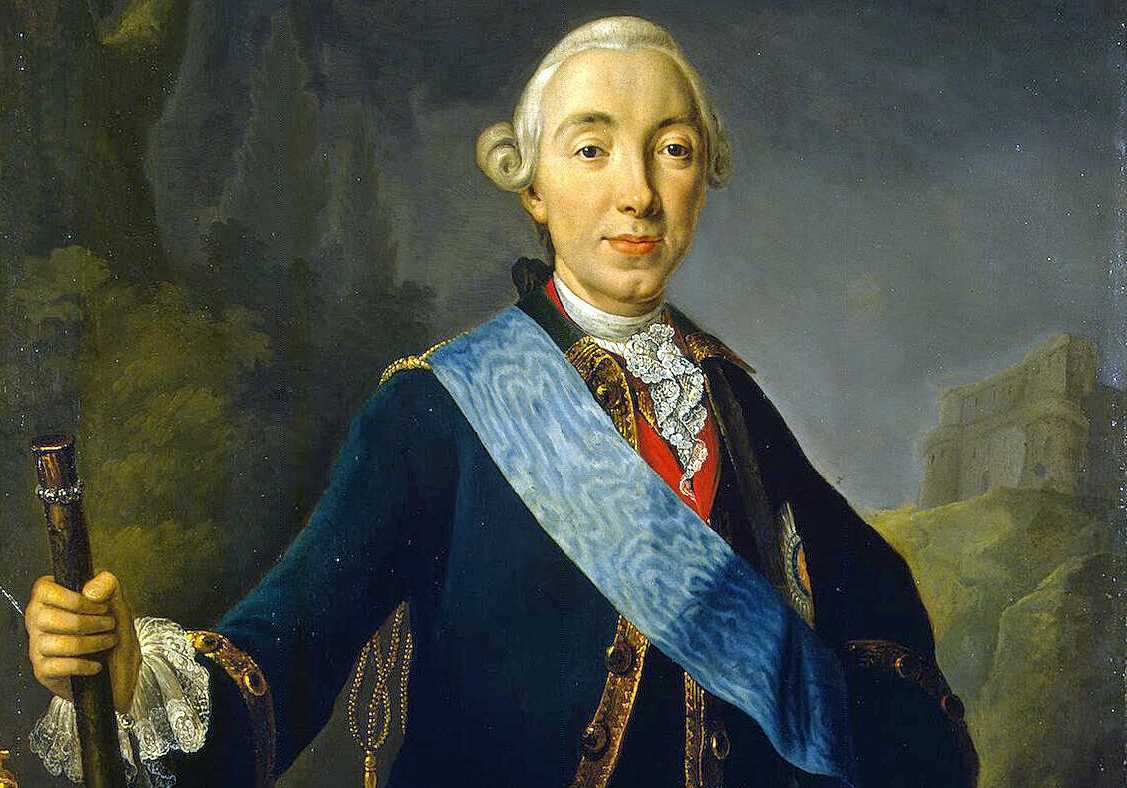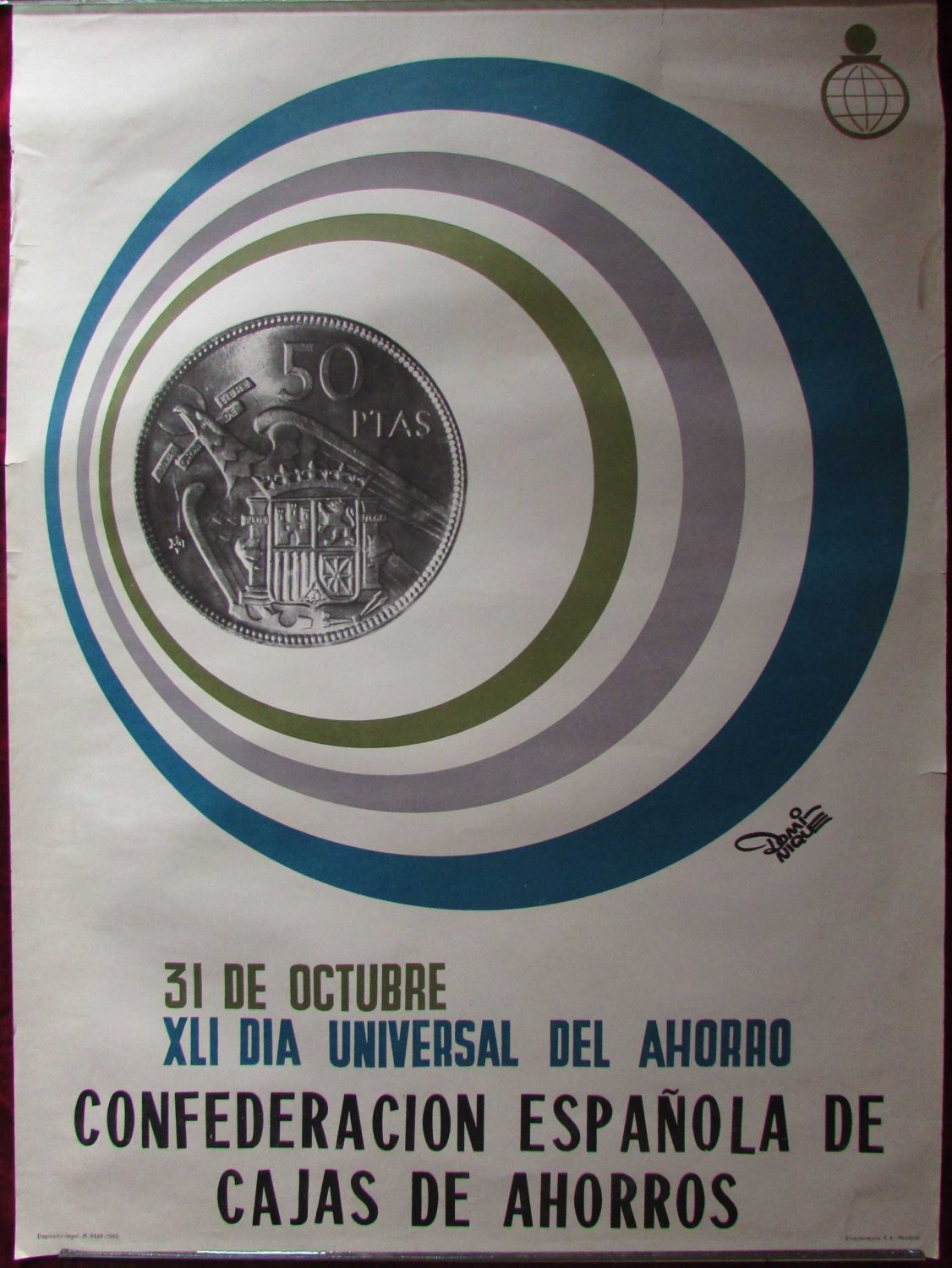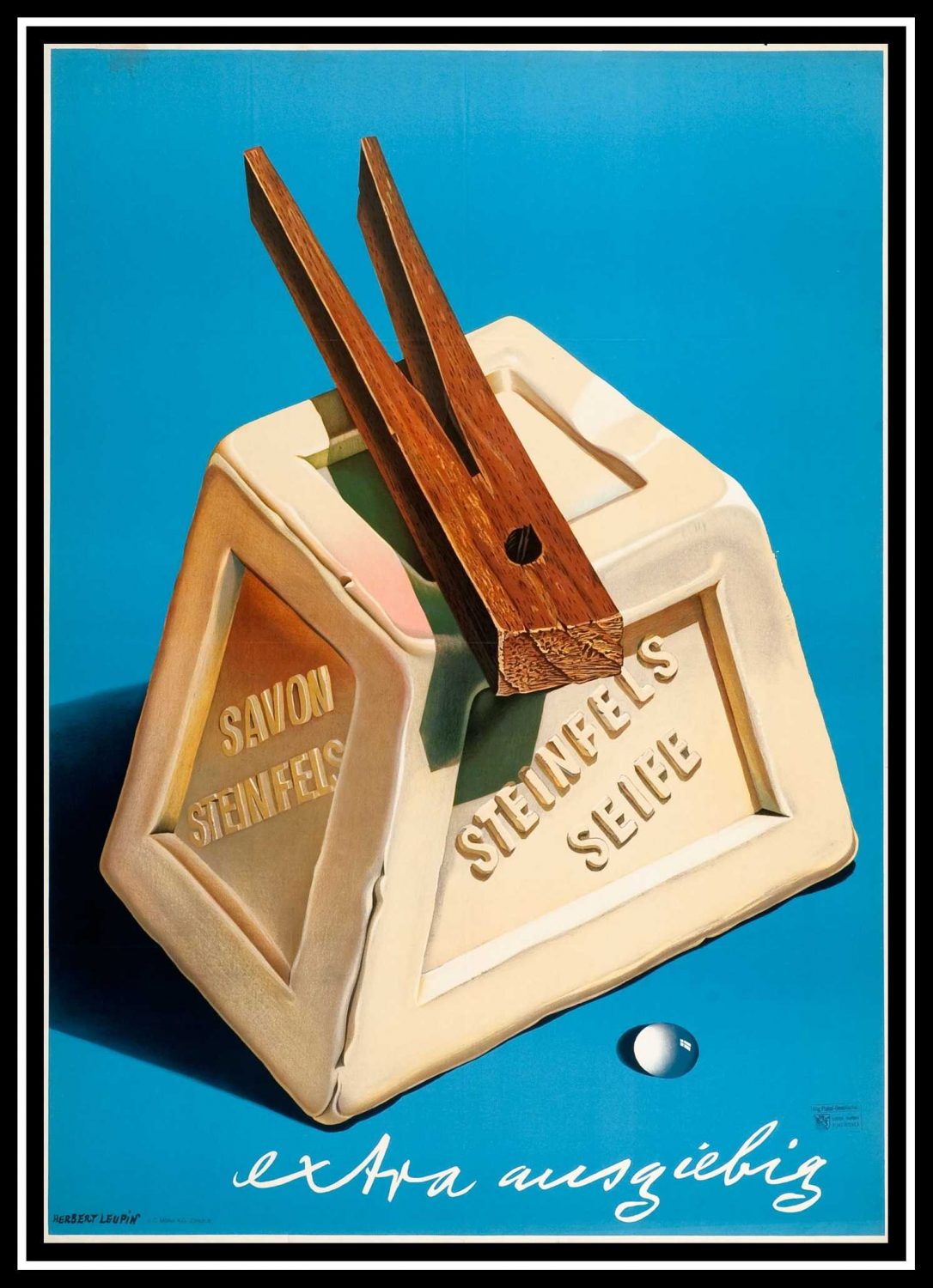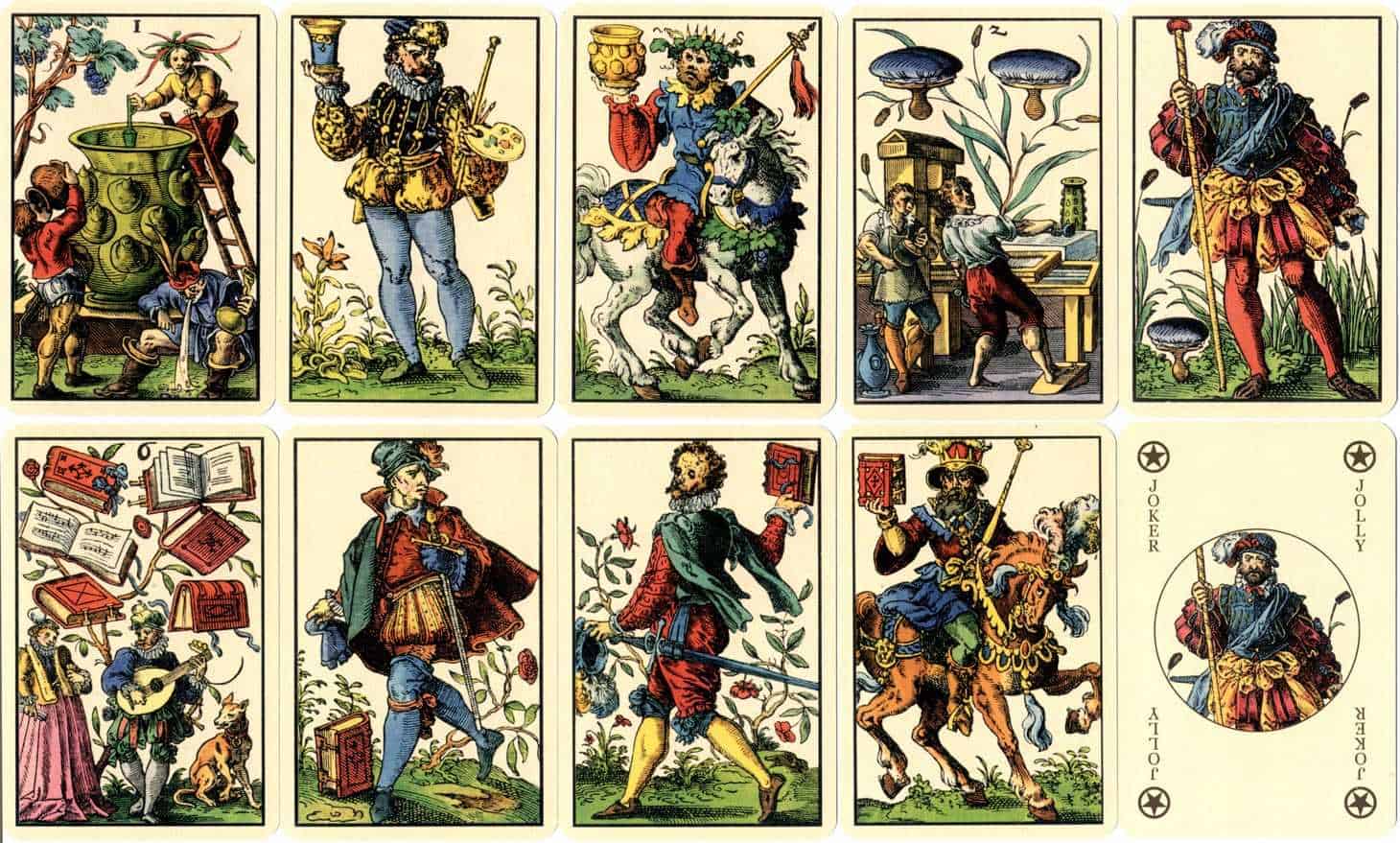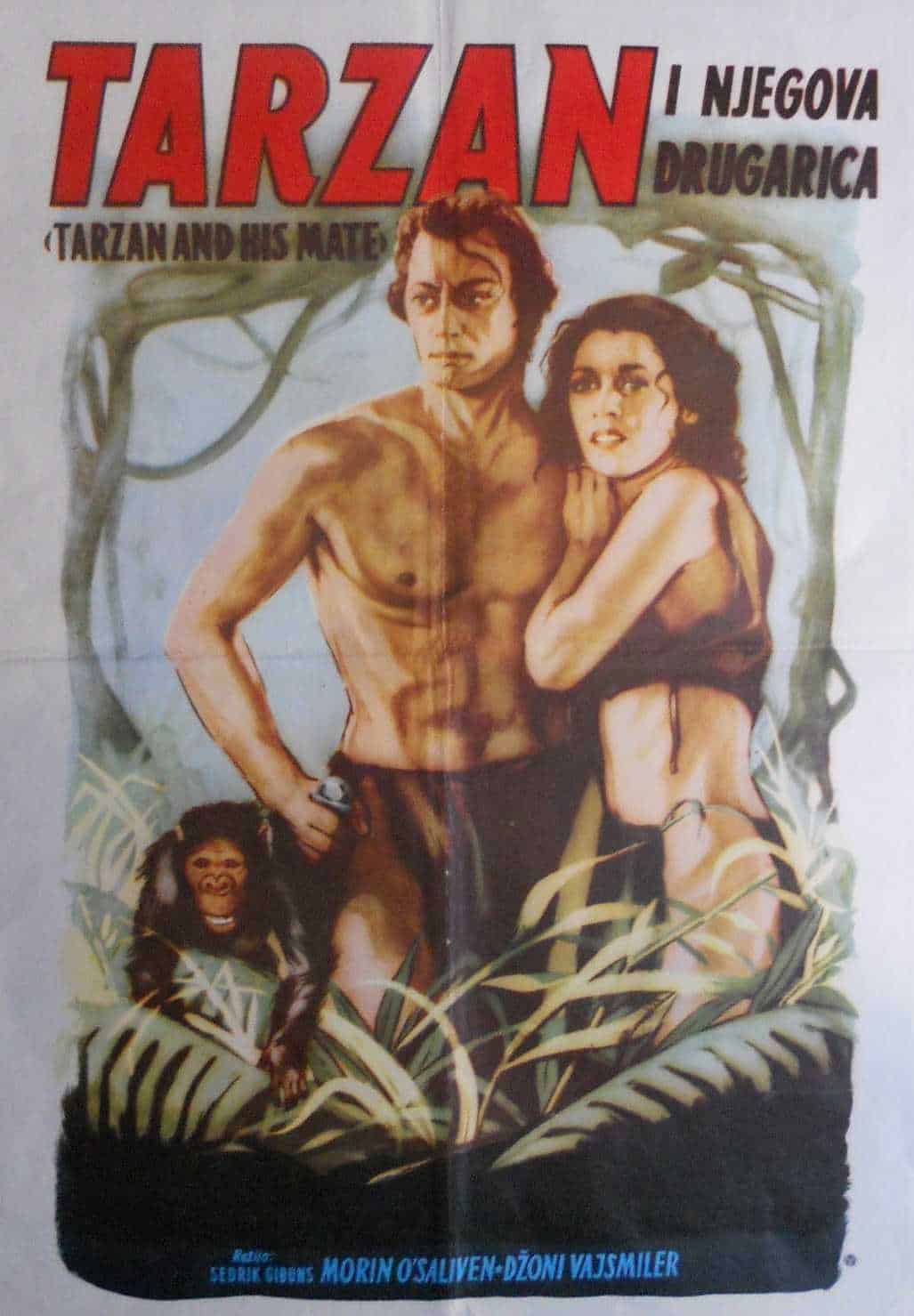A More Interesting History of Chess
There’s no consensus on the origin of chess and its history, but there is a universal need for such games. From the dawn of mankind, people have searched for ways to improve their life quality. No matter the state of the world, people managed to achieve great success in this regard. Starting from the first weapon to the first fire lit to the invention of the wheel, the man has found a way to make his life easier and more comfortable. However, besides the bare necessities for surviving, the mind craved inspiration and challenge. The man could no longer be satisfied solely by sheer existence – he needed a dare. Thus, among other things, brain games were born, one of which is chess. It slowly progressed from a mere game to finally be considered a sport.
Origins of Chess
The origin of chess isn’t something that all historians agree upon. Many other inventions of ancient times have more than one myth about their creation, and this one is no exception. The widespread story of the creation of chess is also a story of the mathematical problem of exponential growth.
The Wheat Myth
One of the theories states that it is a story of wheat and chessboard squares. The inventor of chess requested his ruler to pay him for the game in wheat, and in a very particular manner – one grain of wheat for the first square of the chessboard, two grains for the second, four for the third, eight for the fourth, and so on, gradually progressing.
The ruler laughed it off, as he thought that this would be a meager prize for a brilliant invention. However, the court treasurers reported the unexpectedly large amount of wheat grains he would need to provide the inventor with, so large that it would outstrip the ruler’s resources. The number of grains of wheat acquired in this manner would be 18,446,744,073,709,551,615. Versions of this theory differ as to whether the inventor of the game becomes a high-ranking adviser due to his brilliance, or was executed for his cunningness.
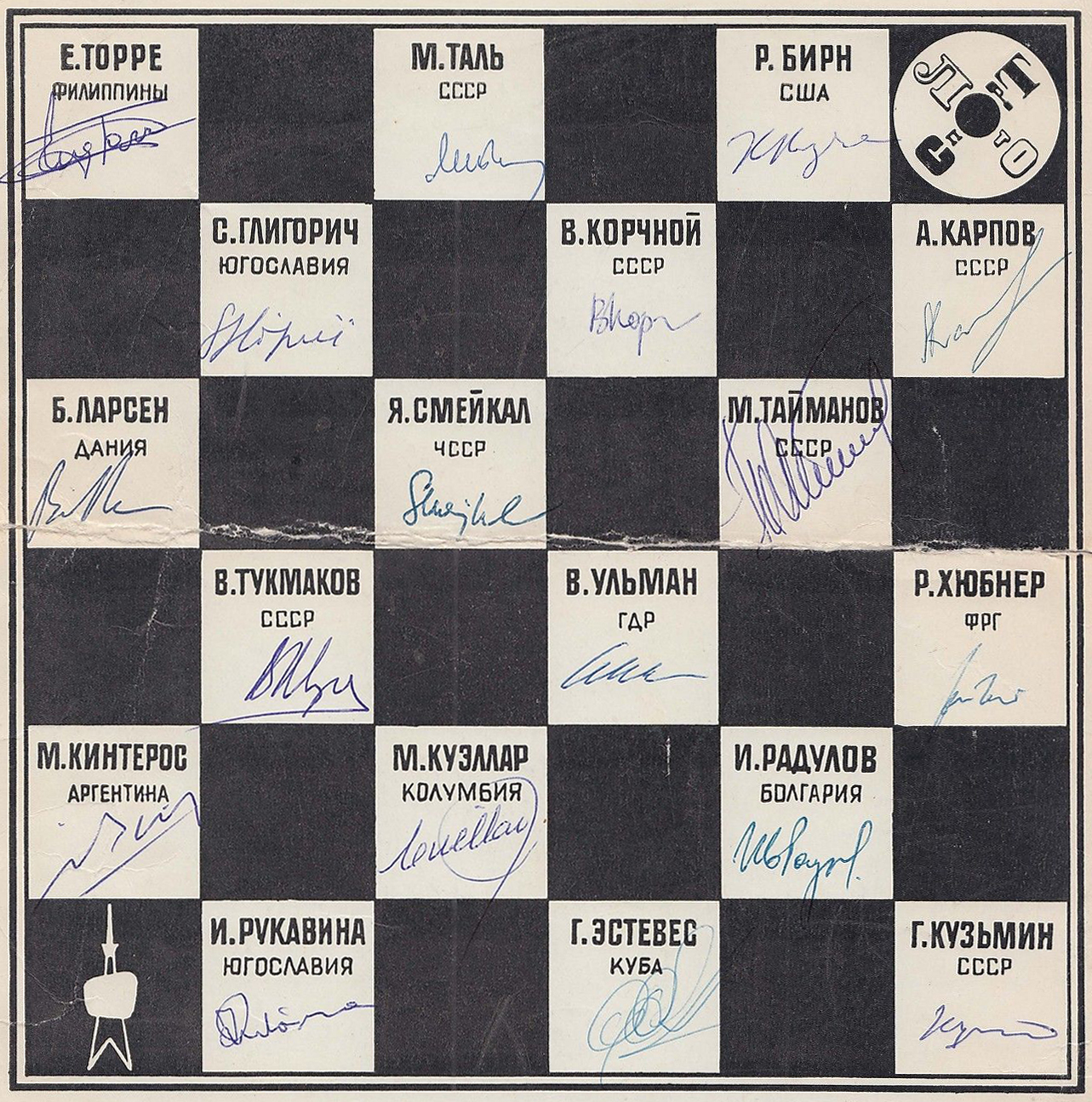
A hand-signed chessboard by the 18 Grandmasters participating in the World Chess Championship in Leningrad 1973.
Alternate Myth
Another myth about this popular game draws its origins from India. It can be found in the Shahnameh, an epic poem written by the Persian poet Ferdowsi between 977 and 1010 AD. This story tells the tale of Talhand and Gav, two half-brothers who vie for the throne of Hind (India). They meet in the battle where Talhand dies on his elephant without a single wound. Believing that Gav had killed him, their mother is distraught. Gav tells his mother that he is not responsible for Talhand’s death, but she finds it hard to believe. Thus, the sages of the court invent the game of chess, detailing the pieces’ characteristics and the way they move in order to show the her how the battle unfolded and how Talhand died of fatigue when surrounded by his enemies. The poem uses the Persian term “Shāh māt” (checkmate) to describe the Talhand’s fate.
Evolution of Chess
Chess is a game that gradually evolved, whereas the exact time it was invented depends on the very definition of chess. The most common opinion is that precursors to chess originated in India during the Gupta Empire in the 6th century. One of them was a game called chaturanga, which roughly translates as “four divisions (of the army)”- infantry, cavalry, elephantry, and chariotry. Respectively, the pieces as we know them today, namely, pawn, knight, bishop, and rook, evolved out of these military divisions. It was the earliest known game to have two essential features found in all later chess variations – different pieces having different attributes and victory depending on the fate of one piece, the king of modern chess.
Eastern Origins
A common theory is that India’s development of the board, and chess, was likely due to India’s mathematical enlightenment involving the creation of the number zero. Scholars in areas to which the game subsequently spread detailed the Indian use of chess as a tool for military strategy, mathematics, gambling, and even its vague association with astronomy.
India introduced chess to Persia, and it became a part of the princely or courtly education of the Persian nobility. In Sassanid Persia the name became chatrang, and the rules were further developed. Players started calling “Shāh!” (Persian for ‘’king’’) when attacking the opponent’s king, and “Shāh Māt!”(Persian for “the king is helpless”) when the king was attacked and could not escape the attack. Persia further introduced this game to the Arab world.
Medieval to Modern Chess
Chess came to Europe from Spain and was further spread to the Byzantine Empire, where it was called Zatrikion. The social value attached to the game – seen as a prestigious pastime associated with nobility and high culture, is clear from the expensive and exquisitely made chessboards of the medieval era. The popularity of chess in the Western courtly society peaked between the 12th and the 15th century. The practice of playing chess for money became so widespread during the 13th century that Louis IX of France issued an ordinance against gambling in 1254. In Europe chess evolved to its modern form that we know today.
New Rules
The new pawn move, where pawns were allowed to advance two squares on their first move instead of just one, was first introduced in Spain in 1280. Also, the king could jump once in order to be put safely in a corner more quickly. The queen and bishop remained relatively weak until between 1475 AD and 1500 AD in Spain, Portugal, France or Italy. Then, the queen’s and bishops’ moves started developing further, making chess similar to its modern form. This form of chess was called ‘’Queen’s Chess’’ or ‘’Mad Queen Chess’’. These changes led to much more value being attached to the previously minor change of pawn movement. Checkmate became easier and games could now be won in fewer moves.

Gens Una Sumus is the slogan of the FIDE (World Chess Federation) which means We Are One People and symbolizes the cosmopolitan spirit of the federation.
As chess requires a significant amount of mental effort, it is clear that it is not a mere leisure game. However, one could always enjoy a good game on a lazy afternoon, perhaps even more knowing how it progressed through the ages, finally becoming the board game we play today.
Душан Димитриев
Dušan Dimitriev
Images taken from items listed on Sigedon Books and Antiques store

